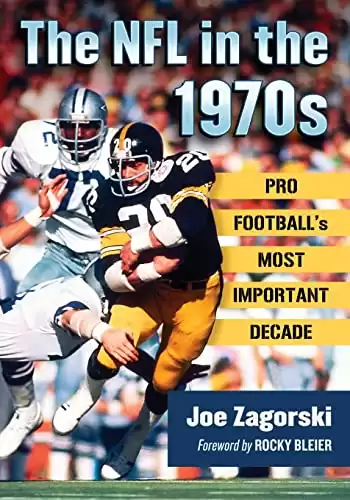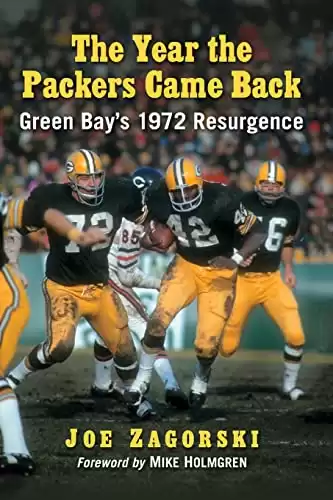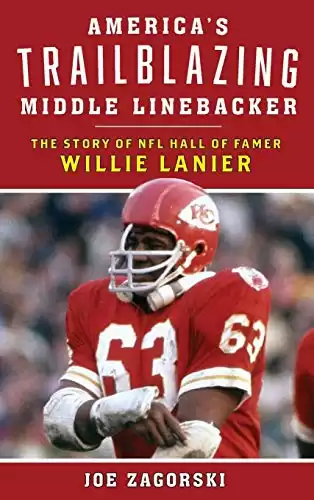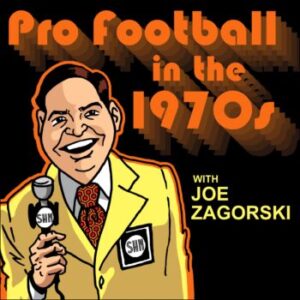In 1978, a bunch of new rules geared to improve the passing game showed up along the landscape of the NFL. The public for the most part clamored for the new rules because they wanted to see more scoring in the game.
Former Hall of Fame Miami head coach Don Shula differed from their opinions, however. Shula was a long-time member of the league’s competition committee, and as the decade of the 1970s wore on, he eventually became one of just a token few standouts who preferred to keep the rules the same.
But Shula faced plenty of pressure from the game’s owners and from the majority of his fellow competition committee members. He eventually relented, hence the advent of the rules changes of 1978.
“I’m a defensive coach with a defensive background,” commented Shula at that time. “But I was willing to compromise, as long as the integrity of the game was not compromised.”
1978 NFL Rule Changes
The 1978 rule changes included two very big ones, and the effects of them have been a major part of the sport ever since.
If you watch a pro football game in 2023, you will see how these two new rules are still having their say in the way the game is being played on offense. The first of these major rule changes occurred along the offensive line.
Offensive linemen were — at the beginning of 1978 – allowed to extend their arms and lock their elbows while blocking. They were also permitted to grasp the jerseys of those opponents whom they were in the process of blocking, as long as their hands did not extend any wider than the shoulders of those defensive players. The defensive players, as a response, described these rules as nothing more than legalized holding.
It gave quarterbacks more time to drop back and set up in the pocket, and more time to read the opposing defensive coverages downfield. It was a watershed as far as rule changes were concerned.
As previously mentioned, this new blocking technique is visible even today. Even back in 1978, defensive linemen claimed that there was holding occurring on every play, and that was hard to dispute. From the very first game, NFL offenses were taking advantage of the new rules, and who could blame them? Passing statistics increased by leaps and bounds in both yardage and touchdowns.
Those passing statistics were further aided by the second big rule change in 1978, that of permitting the wide receivers to have freedom from being hit downfield. Defensive backs were allowed to hit pass catchers up to five yards past the line of scrimmage. After that, the new rule forbade them from hitting those wide receivers at all.
It was almost like giving them a free pass into the defensive backfield. Almost immediately, practically every pro team tried to load up on quality wide receivers in the draft. The pro game had thus changed overnight. It was a game where defense still won championships, but now it became tougher to play defense, and everybody knew it.
Offenses Exploded
The offenses exploded. That was the big result of all of this. Philadelphia wide receiver Harold Carmichael went from 665 yards in receiving yardage in 1977 to 1,072 yards in receiving yardage in 1978.
Seattle wide receiver Steve Largent led the AFC with 71 receptions in 1978, which was 38 more than he caught in 1977.
Largent’s yardage totals likewise soared, from 643 yards in 1977 to 1,168 yards in 1978. These numbers were just too impressive to be ignored.
Not being allowed to hit opposing wide receivers became known as the Mel Blount rule. Blount was a future Hall of Fame cornerback with the Pittsburgh Steelers. He became famous for his ability to mug opposing wide receivers at the line of scrimmage just at the snap of the ball, which forbade them from getting downfield in their pass patterns.
Going up against Blount in a man-on-man situation was one of the toughest assignments for any NFL wide receiver during the 1970s. The league felt obliged to do something about helping the receivers get downfield when going up against cornerbacks the likes of Blount.
Hence the new rule in 1978 of forbidding defenders from hitting wide receivers anywhere past five yards off of the line of scrimmage.
Team-wise, it was the Pittsburgh Steelers who adapted the quickest to the new rules of 1978. Pittsburgh quarterback Terry Bradshaw had a rocket for a right arm, and he also possessed two future Hall of Famers as his starting wide receivers, Lynn Swann and John Stallworth.
The Steelers went from a run-first offensive philosophy that they owned from 1972 to 1977, to a pass-first offensive philosophy in 1978. Pittsburgh only lost twice all year and finished the 1978 season as the league’s first three-time Super Bowl champions.
Indeed, it was the ability to adjust to the new rules to quickest which enabled different NFL offenses to achieve the largest amount of success in the season of 1978.
Trivia Question: What two teams managed to beat the Pittsburgh Steelers in 1978?
Learn more about the history of NFL rule changes.
Host of Pro Football in the 1970s - Joe Zagorski
Throughout his days, Joe spent some time as a sportswriter and has been a member of the Pro Football Researchers Association since the mid-1980s. Joe is also a proud member of the Pro Football Writers of America.
Also, if you’re interested in picking one of Joe’s books up, all three are listed below.
Here, you can learn more about Joe and Pro Football in the 1970s.
Please Note – As an Amazon Associate I earn from qualifying purchases
Music from https://www.purple-planet.com/
More Posts From Pro Football In The 1970s
What Offense From the 1970s Would Best Fit In With Today’s Offenses?
Offensive football as we know it today employs a pass-first...
Read MoreRemembering Two Great NFL Playoff Games of the 1970s
There were a couple of very competitive playoff games in...
Read MoreDissecting Super Bowl VII: Miami’s Almost Perfect Super Bowl
On January 14, 1973, the Miami Dolphins completed a seemingly...
Read More1970s NFL Teams That Peaked Towards the Playoffs
Just as in today’s NFL, the teams of the 1970s...
Read More



